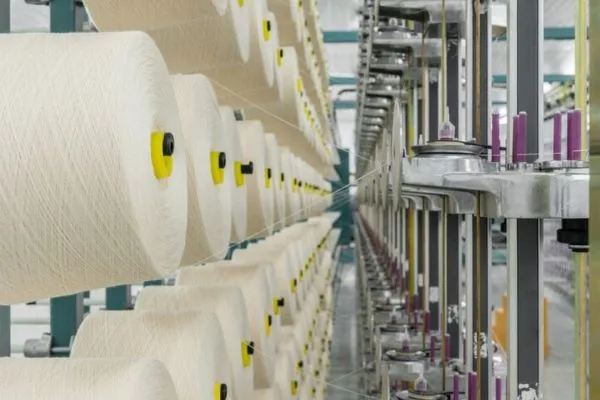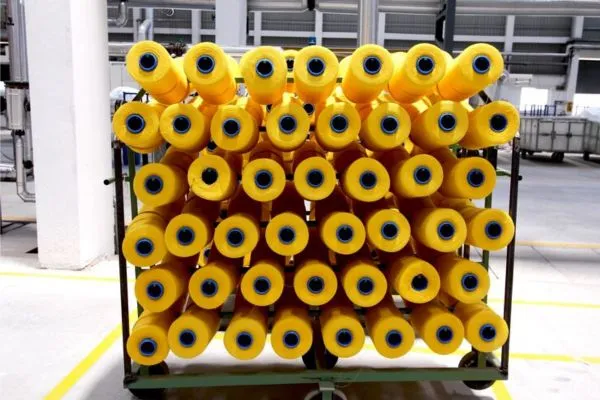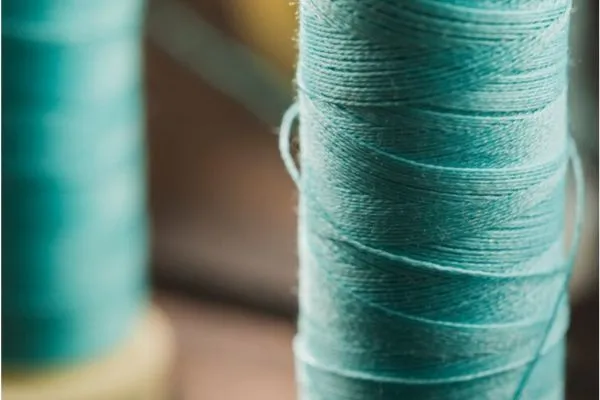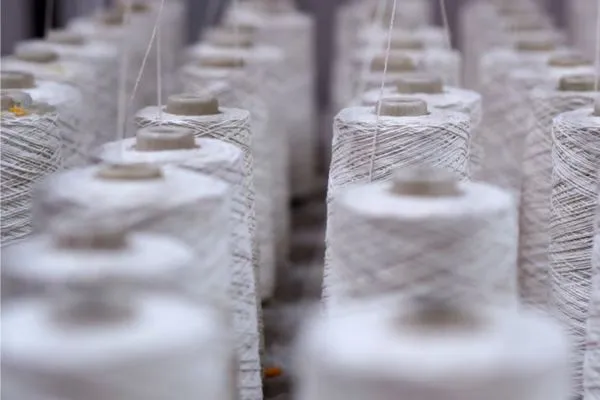Textile fibers are crucial in determining the quality and performance of yarns and fabrics. Cotton fiber, in particular, is subject to various considerations by spinners to ensure optimal outcomes. Here are vital textile fiber properties and characteristics that are meticulously examined in the textile industry:
Table of Contents
Characteristics of Cotton Fiber Considered by a Spinner:
- Fiber length
- Fiber fineness
- Fiber maturity
- Fiber strength
- Fiber elongation
- Color Grade
- Impurities
- Spinning Consistency Index (SCI)
- + b
- Neps

Fiber Length:
i) Under 4 – 5 mm: Considered as waste and fly.
ii) 12 – 15 mm: Provides main properties of yarn.
iii) More than 15 mm: Provides all properties of yarn.

Influences of Fiber Length:
1. Spinning Limit: The spinning limit is the upper yarn count range possible for a fiber and spinning system. If textile fiber length increases, then the spinning limit increases as well.
2. Yarn strength: If fiber length increases, the yarn strength also increases. Combed yarn is more potent than carded yarn due to its larger size.
3. Yarn evenness: Yarn evenness is the variation in yarn diameter along its length. The evenness of combed yarn is greater than that of carded wool.
4 Yarn hairiness: Yarn hairiness is the hair protruding from the main body of a yarn. The hairiness of carded adventure is greater than that of combed wool due to its lower length.
5. Luster of the product: Luster is the degree of light reflected from a fiber’s surface. The luster of combed yarn is more excellent than carded yarn.
6. Handle of the Product: Handle measures the feeling of the material.
7. Productivity: It is influenced by:
i) The end-breakage rate
ii) The quantity of waste
iii) The required turns of twist
iv) General spinning conditions

Fiber Fineness:
Fiber fineness measures the total number of fibers in the cross-section of a yarn of a given thickness.
Fiber Fineness Measuring Chart:
MIC Value Fineness
< 3.1 Very fine
3.1 – 3.9 Fine
4 – 4.9 Medium
5 – 5.9 Slightly coarse
> 6 Coarse
MIC Value of Textile Fiber
What is MIC value?
Micron ire value measures the air permeability of compressed cotton fibers. It is also defined as micrograms per inch.
Influences of Fiber Fineness:
- Spinning
- Yarn strength
- Yarn evenness
- Yarn fullness
- Drape of the fabric (The tendency of cloth to hang under its weight)
- The luster of the product
- Handle of the product
- Productivity of the process

Fiber Maturity:
Fiber maturity is the degree of cell wall thickening of the fibers.
i) 50 – 80 % cell wall: Mature fiber
ii) 30 – 45 % cell wall: Immature fiber
iii) < 25% cell wall: Dead fiber
Influences of Immature Fiber:
- Loss of yarn strength
- Nippiness
- The high proportion of short fibers
- Varying dyeability
- Processing difficulties (Mainly at carding)
Fiber Strength:
The textile fiber must have a minimum strength of approximately six cN / tex.
i) Cotton: 15 – 40 cN / tex
ii) Wool 12 – 18 cN / tex
iii) Polyester: 35 – 60 cN / tex

Fiber Elongation:
Fiber elongation is the amount of extension that a fiber accepts. It is specified as % of the starting length. The minimum elongation for a fiber is 1 – 2 %.
i) Glass fiber: 1 – 2 %
ii) Cotton fiber: 6 – 10 %
iii) Wool: 25 – 45%
iv) Spandex: 400%
Fiber elongation has two types. They are elastic Elongation and plastic Elongation.

Color grade:
Color grade is a technique to determine the color of a sample. It is determined by Rd & Tb value.
Rd: Degree of reflectance (Rd) expresses the whiteness of a fiber.
Tb: Degree of reflectance (Rd) expresses the whiteness of a fiber.
Spinning Consistency Index (SCI)
The Spinning Consistency Index (SCI) is a co-efficient calculated by analyzing various quality characteristics.
SCI= – 414.67 + 2.9 × (Strength) – 9.32 × (Micron ire)
= 49.17 × (length) + 4.74 × (Uniformity)
+ 0.65 × (Rd) + 0.36 × (+b)
Impurities:
1. Vegetable Materials: Husk, seed, stem, leaf, wood.
2. Mineral Materials: Earth, sand, dust.
3. Sticky contamination: Honeydew, grease, oil, tar, additives
4. Other foreign materials: Metal, cloth fragments
Neps: Neps is the entanglement of several fibers.
AFIS: AFIS means Advance Fiber Information System.
Conclusion
Understanding and optimizing these fiber properties are essential for achieving the desired characteristics in the final textile products. The intricate balance of these factors contributes to the quality, strength, and appearance of textiles in the market.
Reference:
- Yarn construction and properties from different spinning techniques G.K. Tyagi, in Advances in Yarn Spinning Technology, 2010
- https://mytextilenotes.blogspot.com/2009/11/influence-of-fiber-fineness-and.html
- https://www.thaipolyester.com/product/open-end-or-oe-spun
- Confinement of Concrete Using Banana Geotextile-Reinforced Geopolymer Mortar
- by Vincent P. Pilien 1ORCID,Michael Angelo B. Promentilla 2ORCID,Julius L. Leaño, Jr. 3,Andres Winston C. Oreta 1 andJason Maximino C. Ongpeng 1,*ORCID
- https://wdra.gov.in/web/wdra/cotton-bales
- https://www.cottoninc.com/quality-products/textile-resources/textile-glossary/
- https://www.yarntrader.com.au/how-we-can-check-yarn-quality/
- https://textilestudycenter.com/properties-of-cotton-fibers/
- https://www.texfilesbd.com/category/study/yarn-engineering/
